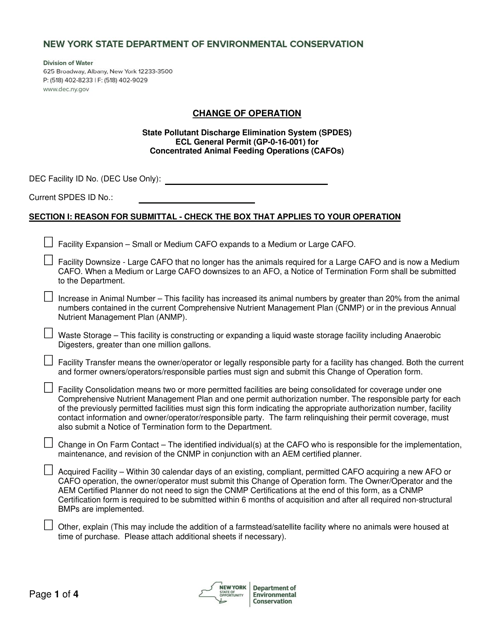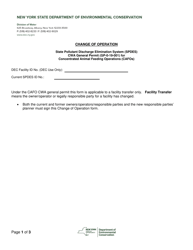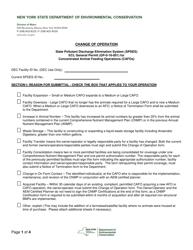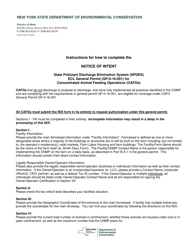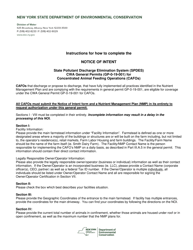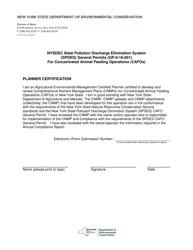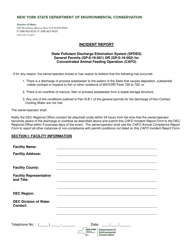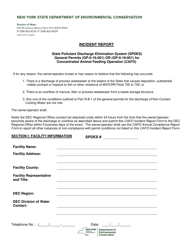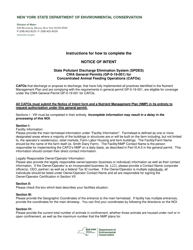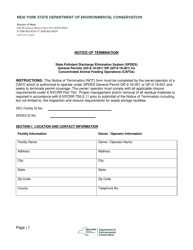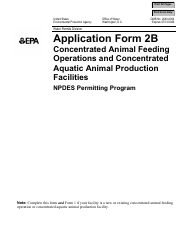Change of Operation - State Pollutant Discharge Elimination System (Spdes) Ecl General Permit (Gp-0-16-001) for Concentrated Animal Feeding Operations (Cafos) - New York
Change of Operation - State Pollutant Discharge Elimination System (Spdes) Ecl General Permit (Gp-0-16-001) for Concentrated Animal Feeding Operations (Cafos) is a legal document that was released by the New York State Department of Environmental Conservation - a government authority operating within New York.
FAQ
Q: What is the State Pollutant Discharge Elimination System (SPDES) ECL General Permit?
A: The State Pollutant Discharge Elimination System (SPDES) ECL General Permit is a permit required for discharging pollutants from concentrated animal feeding operations (CAFOs) in New York.
Q: What is a Concentrated Animal Feeding Operation (CAFO)?
A: A Concentrated Animal Feeding Operation (CAFO) is an agricultural operation where large numbers of animals are raised in confinement, such as a feedlot or a poultry house.
Q: What is the purpose of the SPDES ECL General Permit for CAFOs?
A: The purpose of the SPDES ECL General Permit for CAFOs is to regulate and minimize the discharge of pollutants from these operations in order to protect water quality.
Q: Are CAFOs required to obtain the SPDES ECL General Permit in New York?
A: Yes, CAFOs in New York are required to obtain the SPDES ECL General Permit in order to legally discharge pollutants.
Q: What are the requirements for obtaining the SPDES ECL General Permit for CAFOs?
A: The requirements for obtaining the SPDES ECL General Permit for CAFOs include developing and implementing a comprehensive nutrient management plan, conducting regular inspections and sampling, and complying with the permit's effluent limitations.
Q: Who is responsible for enforcing the SPDES ECL General Permit for CAFOs?
A: The New York State Department of Environmental Conservation (DEC) is responsible for enforcing the SPDES ECL General Permit for CAFOs.
Q: What are the potential consequences of non-compliance with the SPDES ECL General Permit for CAFOs?
A: Non-compliance with the SPDES ECL General Permit for CAFOs can result in penalties, fines, and potential legal action from the DEC.
Form Details:
- The latest edition currently provided by the New York State Department of Environmental Conservation;
- Ready to use and print;
- Easy to customize;
- Compatible with most PDF-viewing applications;
- Fill out the form in our online filing application.
Download a printable version of the form by clicking the link below or browse more documents and templates provided by the New York State Department of Environmental Conservation.
